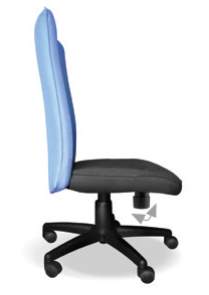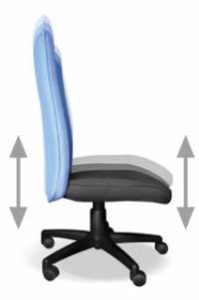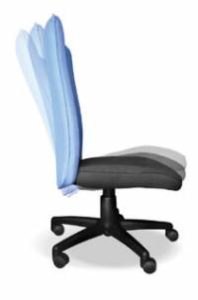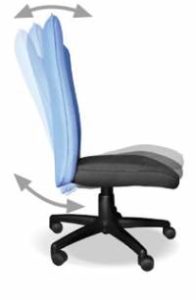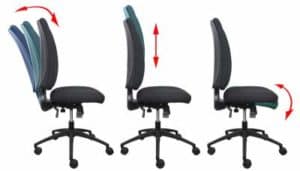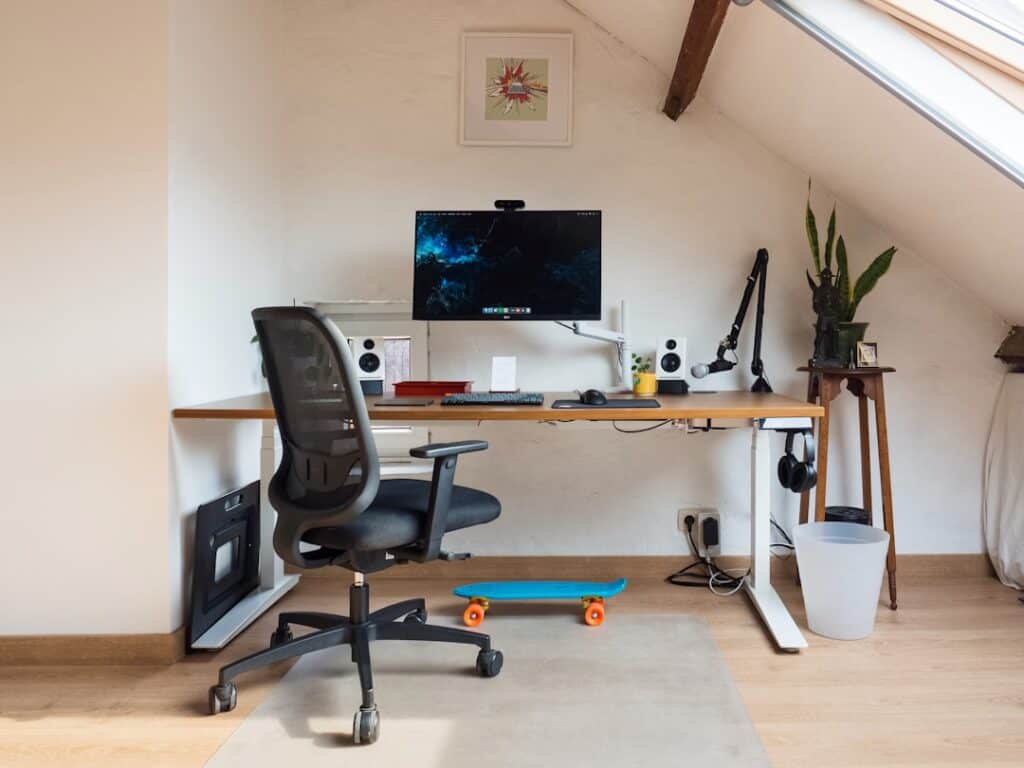Ergonomics
Various ergonomic features and mechanisms are available on our wide range of office chairs.
It is important to know how these various mechanisms can change the comfort and ergonomics of the chair range you want to select as it will affect the way you are able to use and adjust the chair, as well as provide you with the sufficient back and body support you may require from your office chair.
We have listed all our mechanisms with each product in order for you, our customer, to understand the adjustments on each chair as well as evaluate which mechanism will suit your requirements perfectly.
